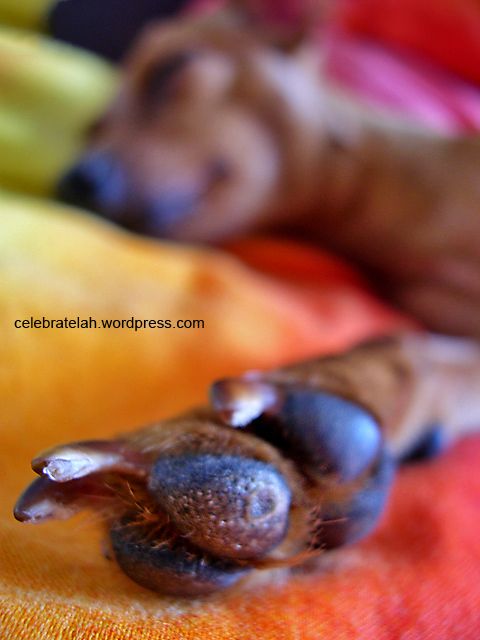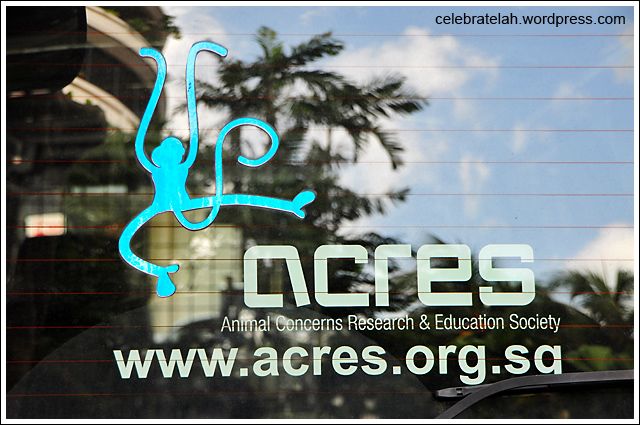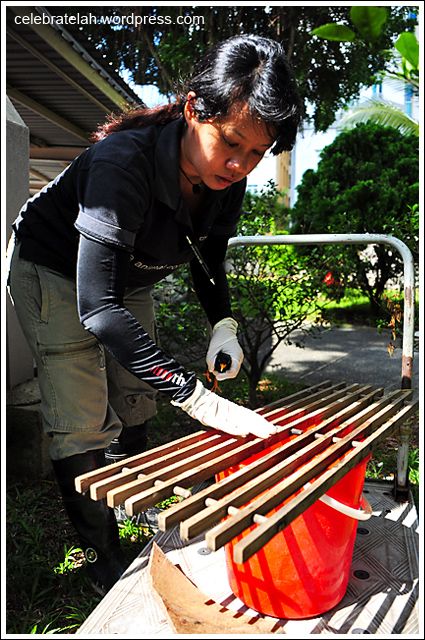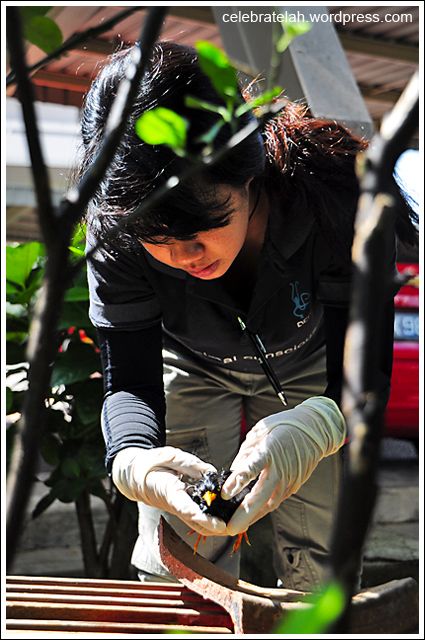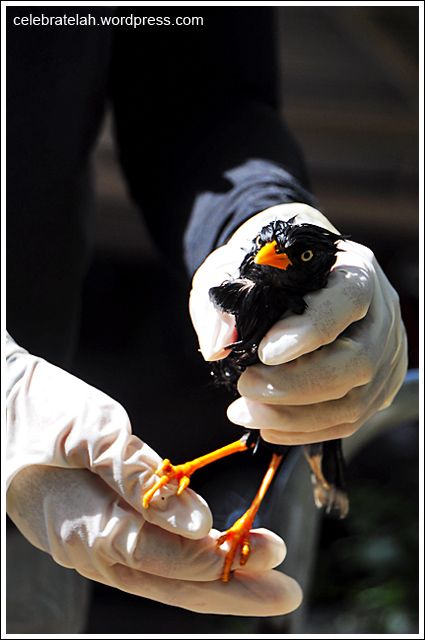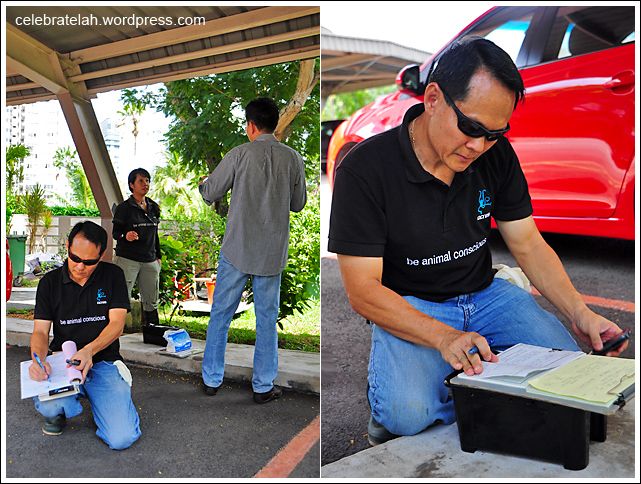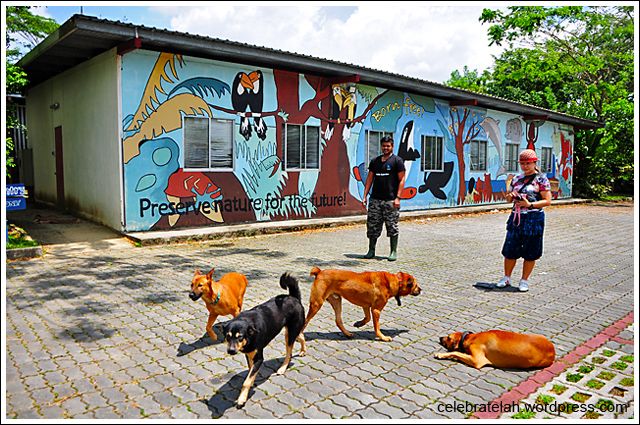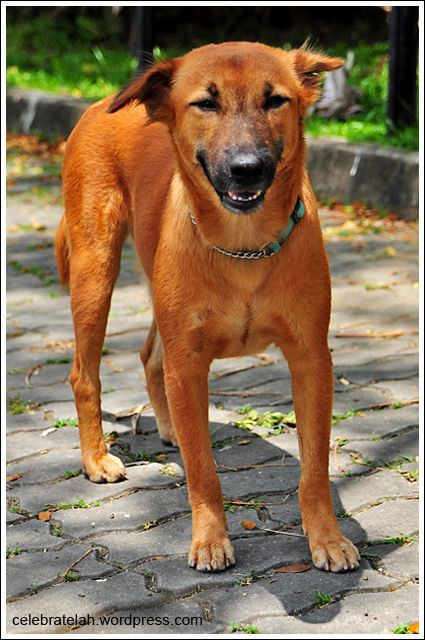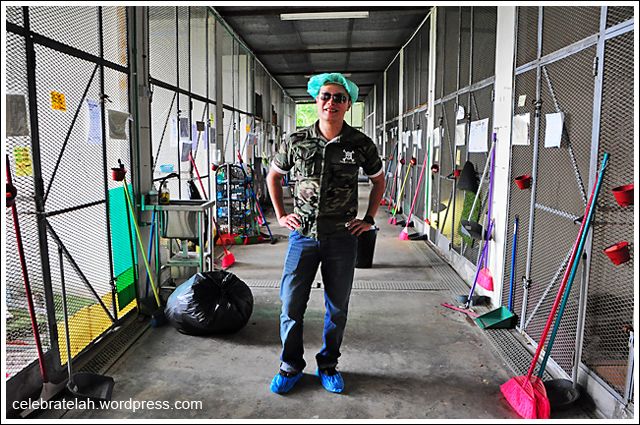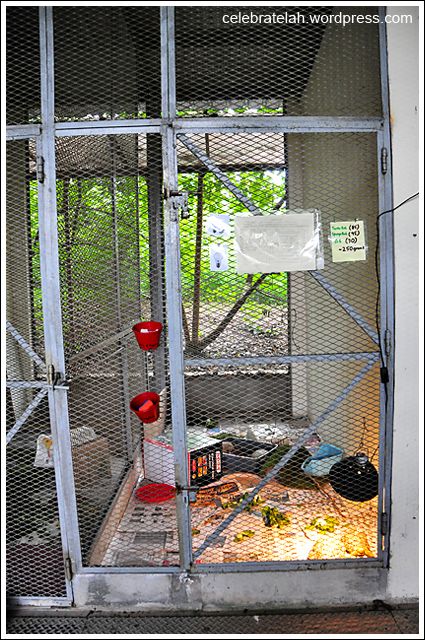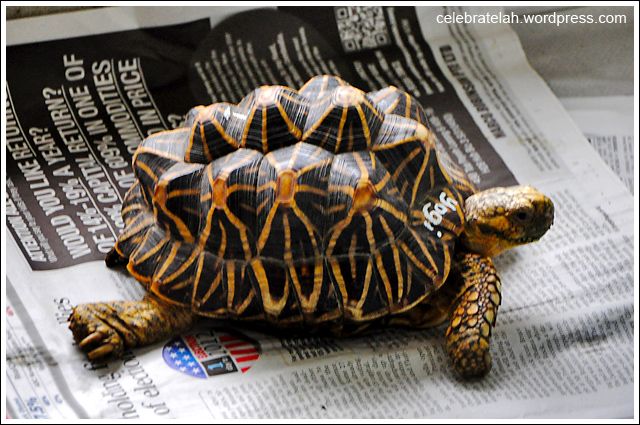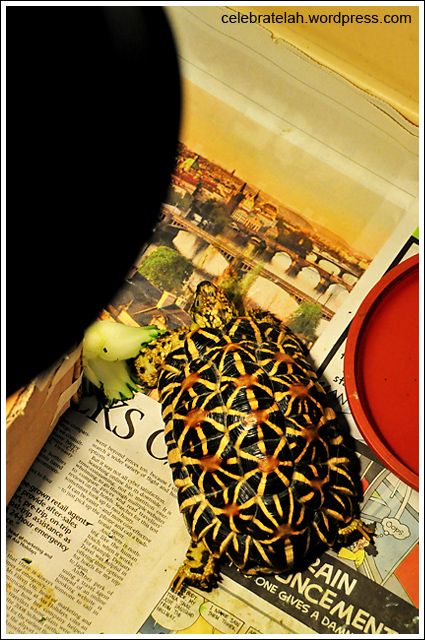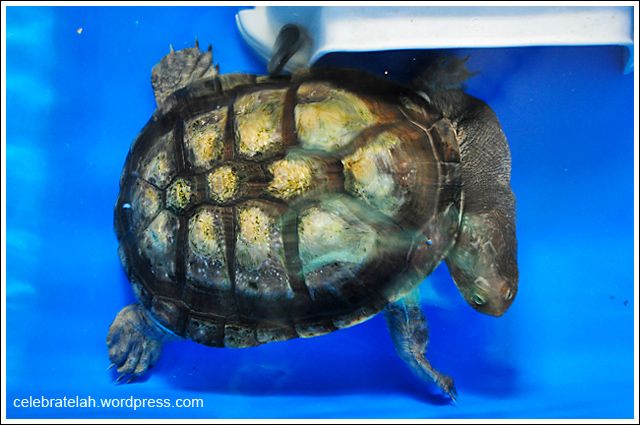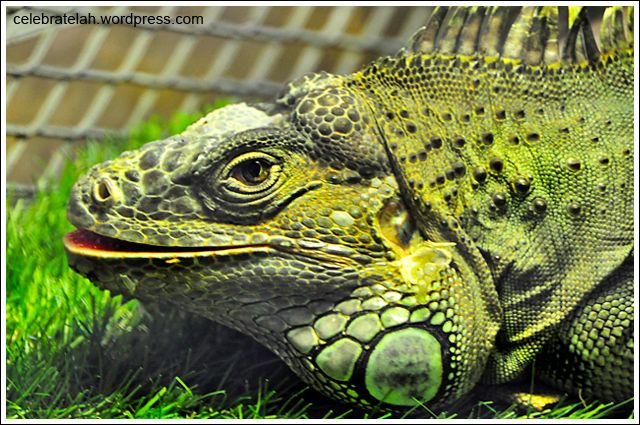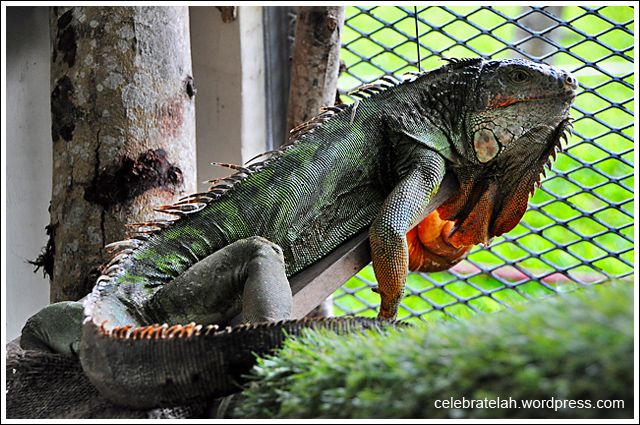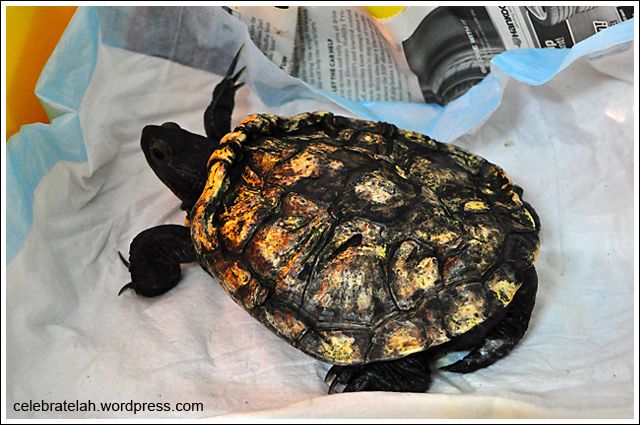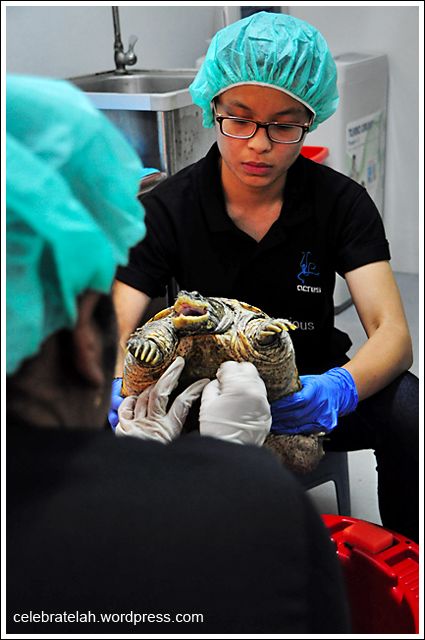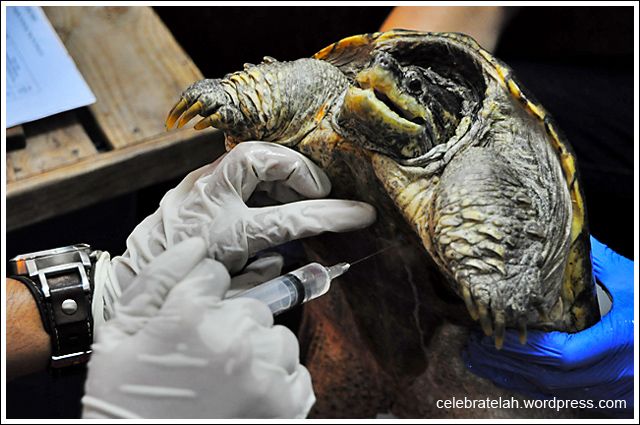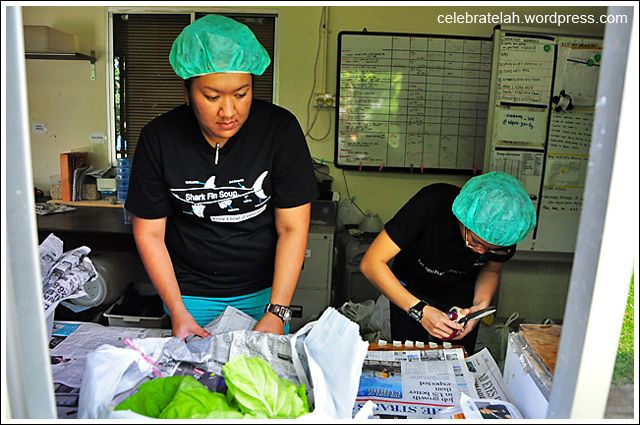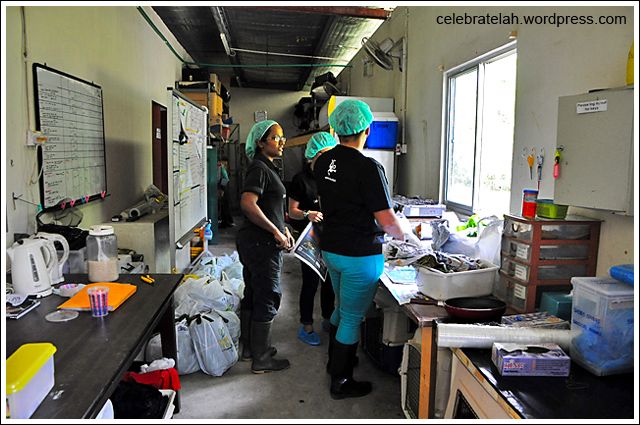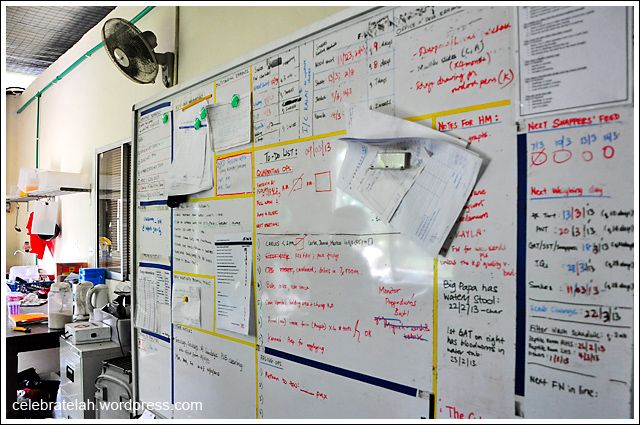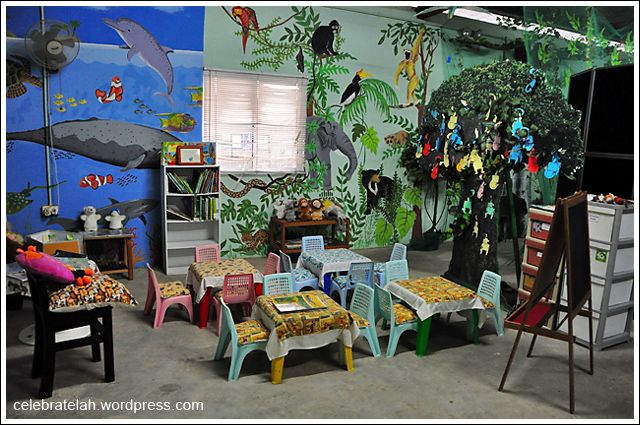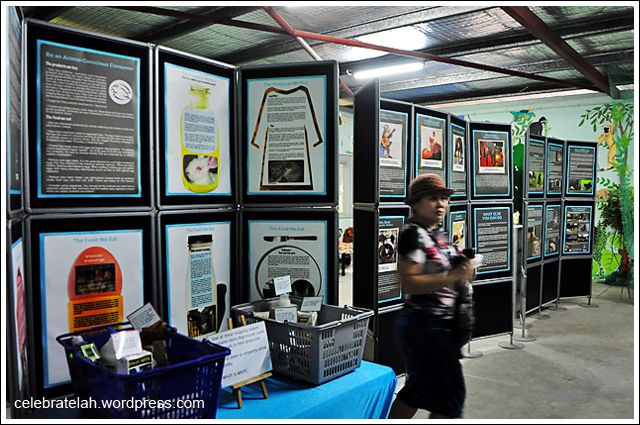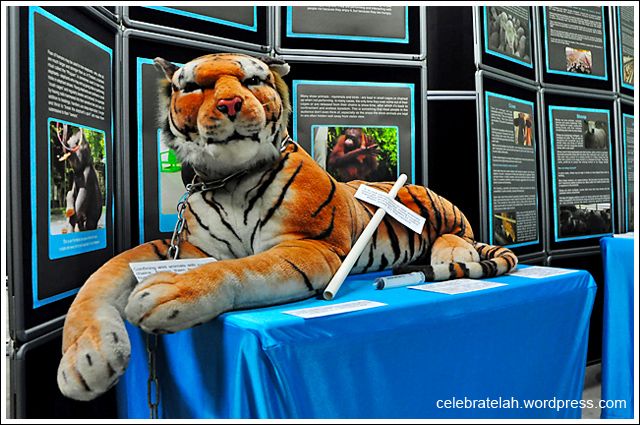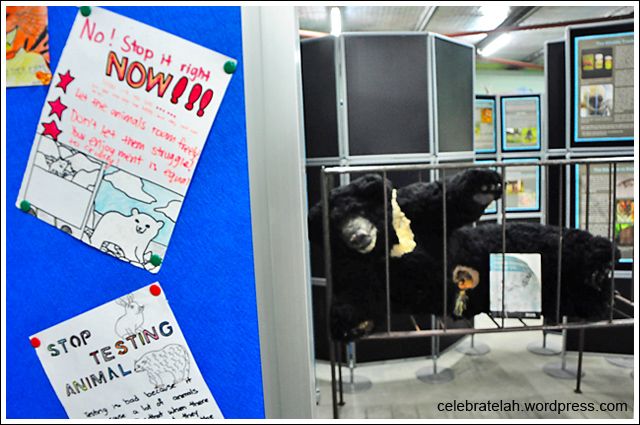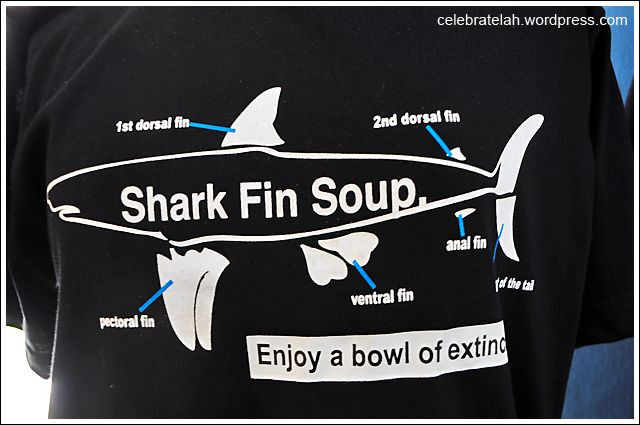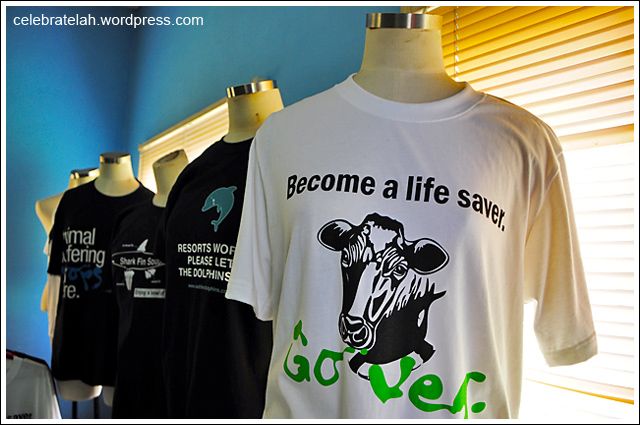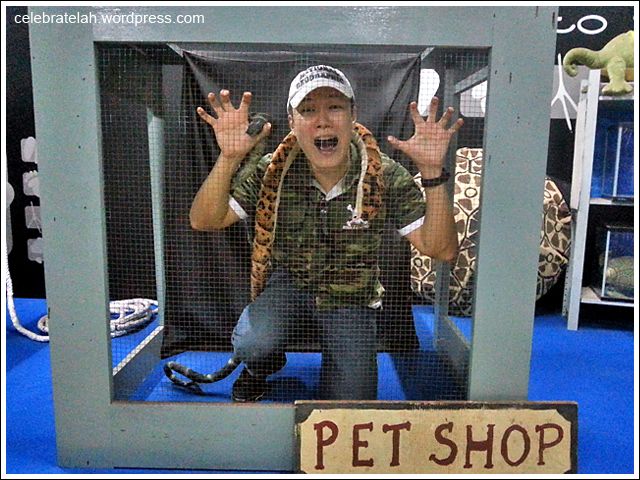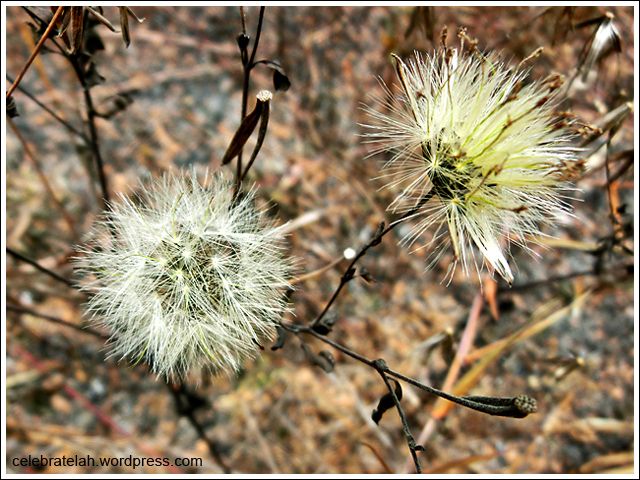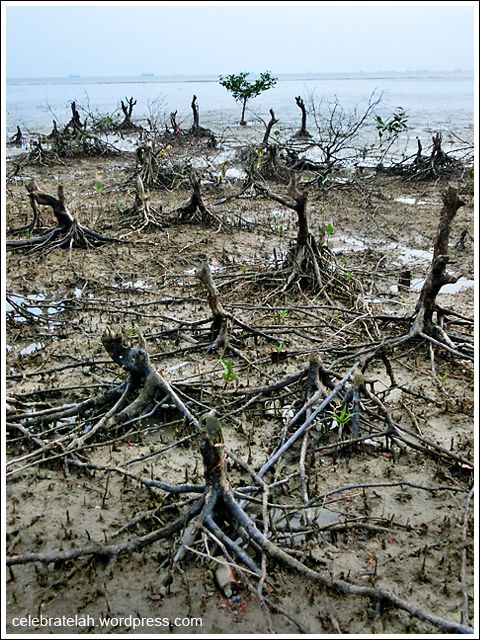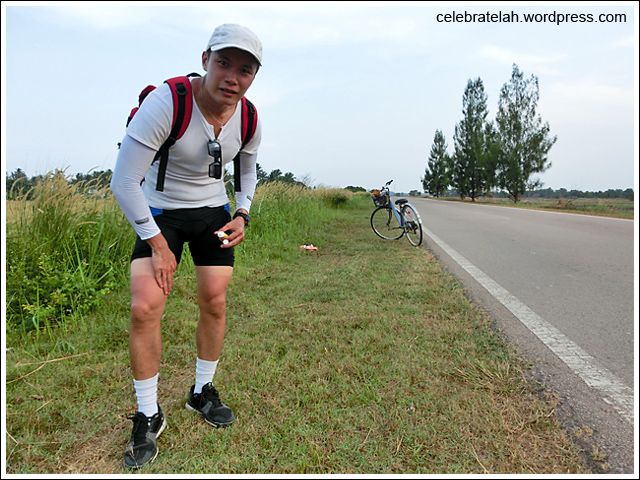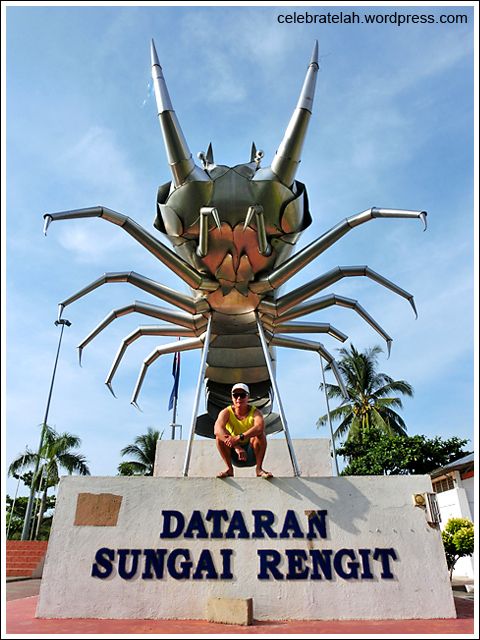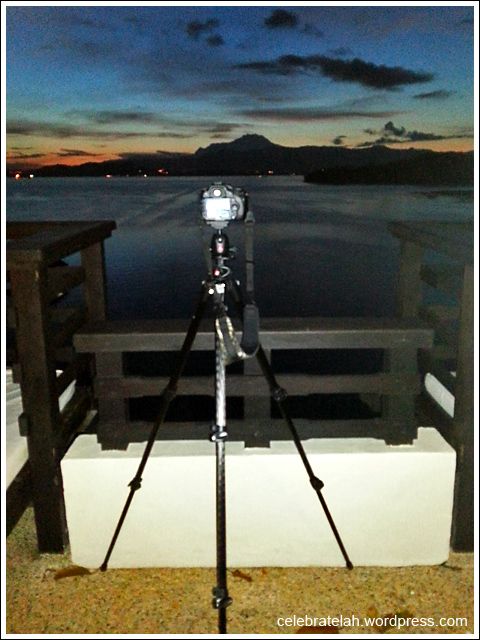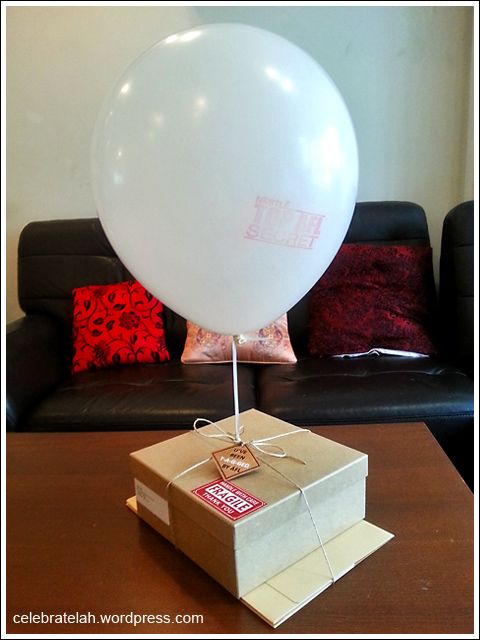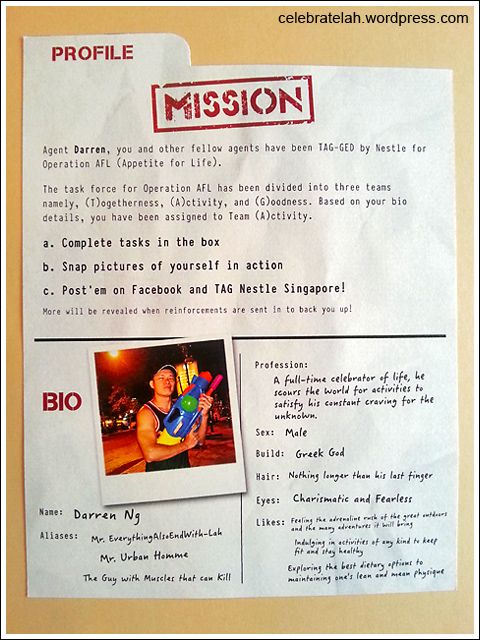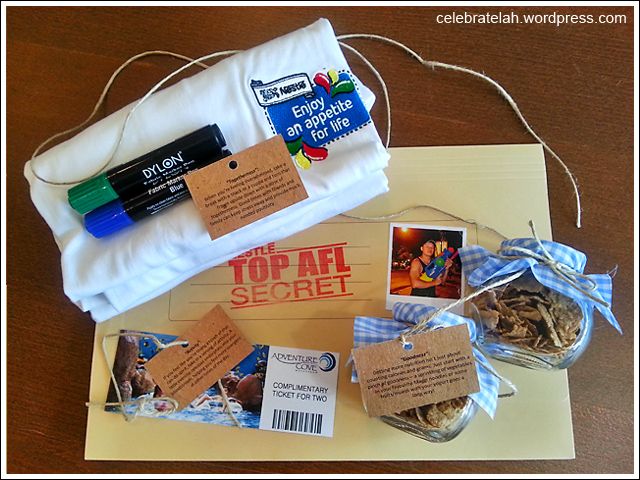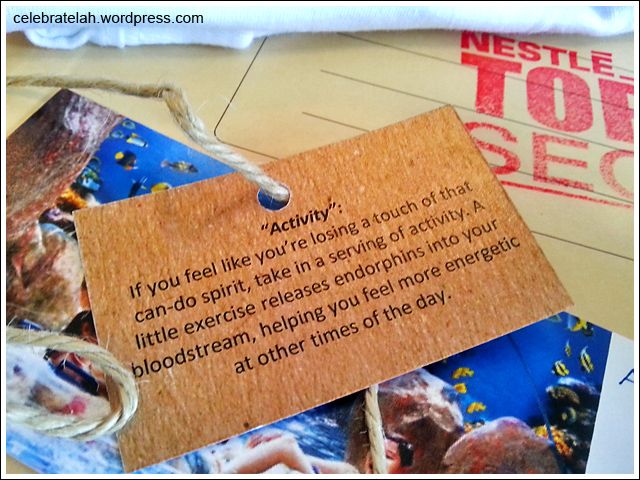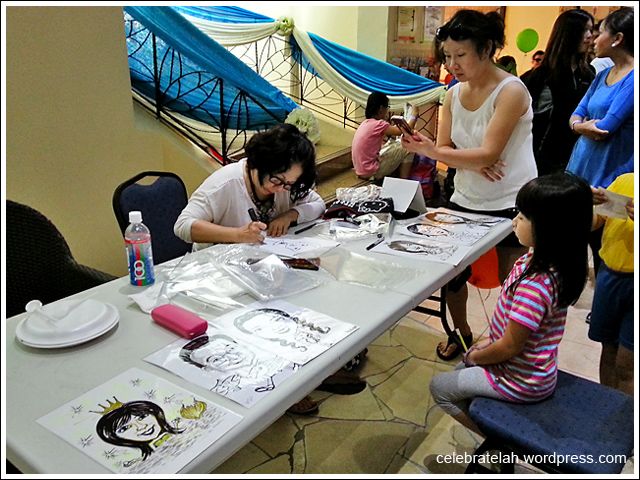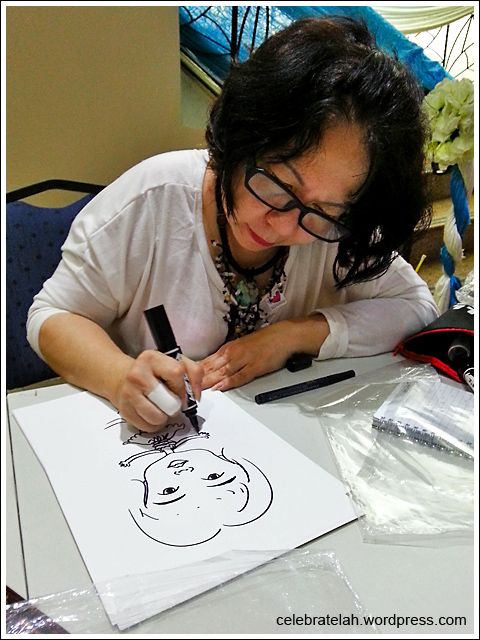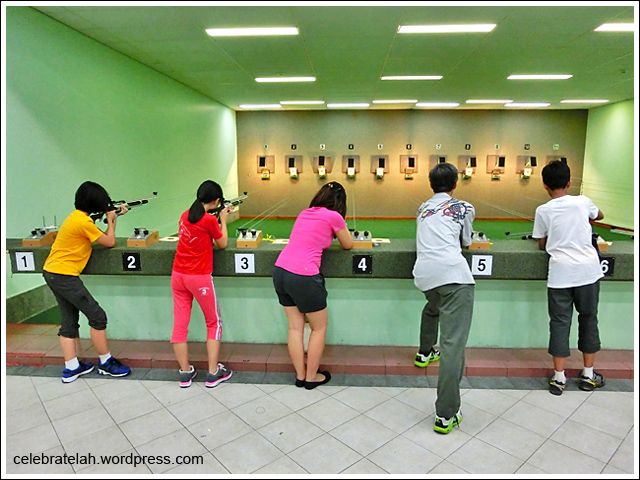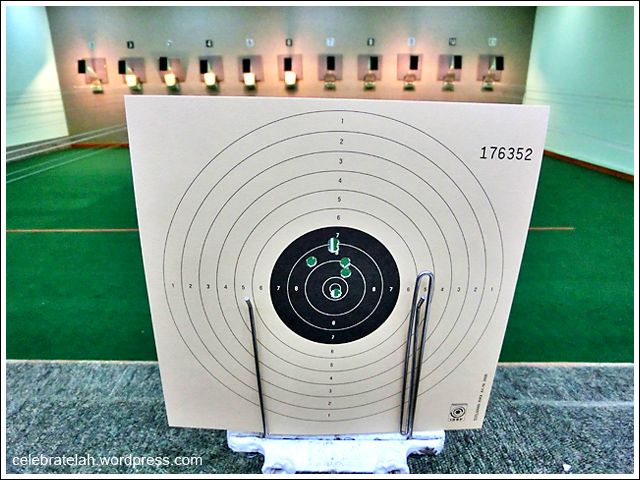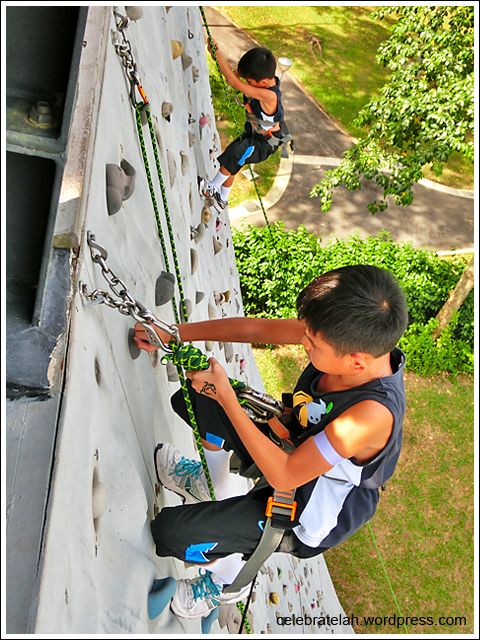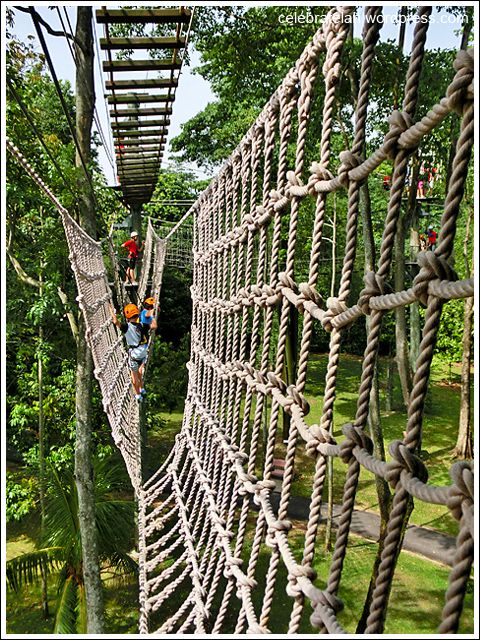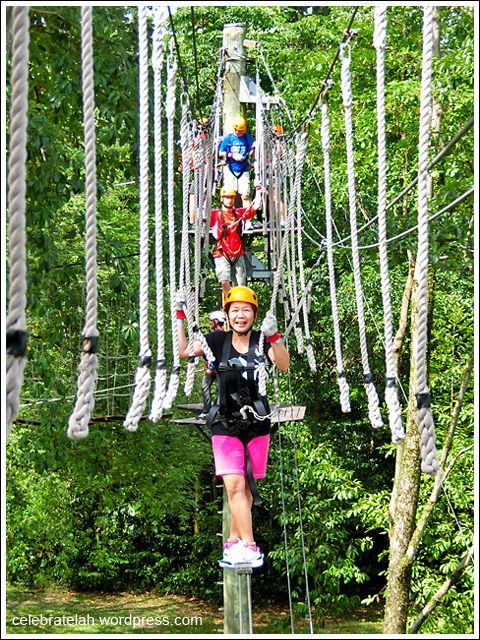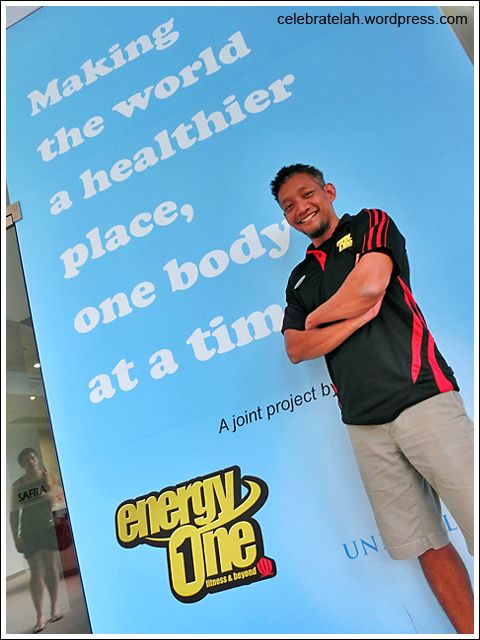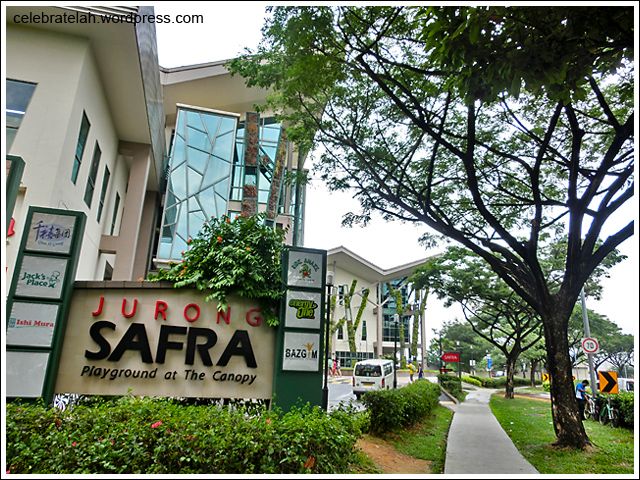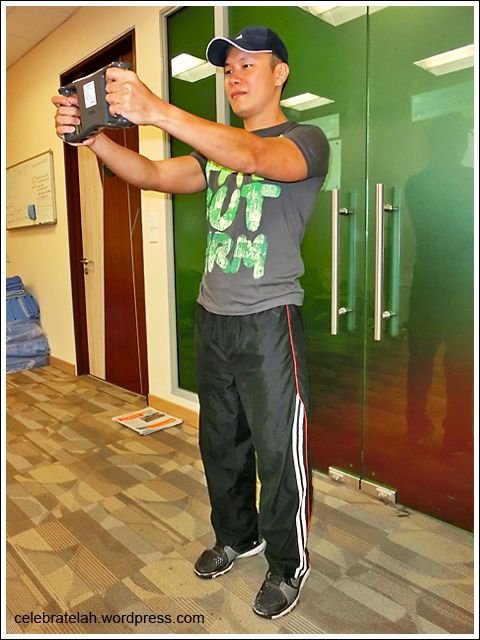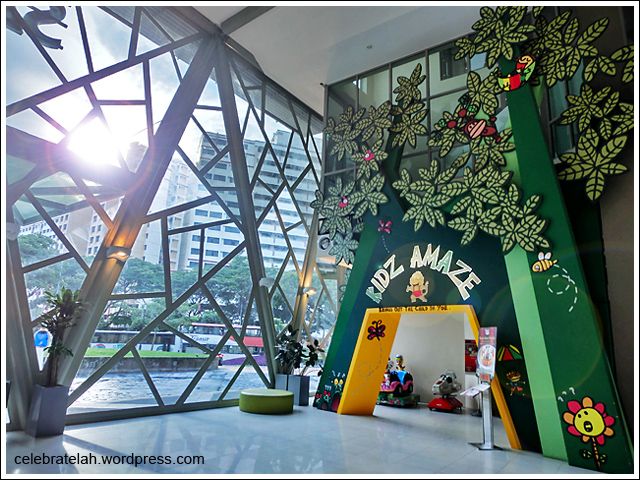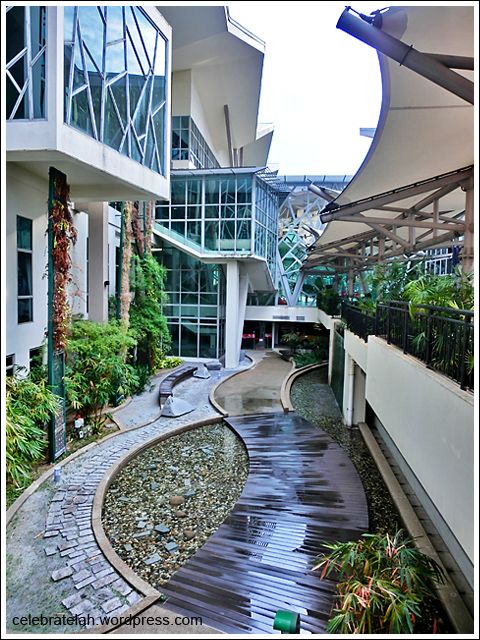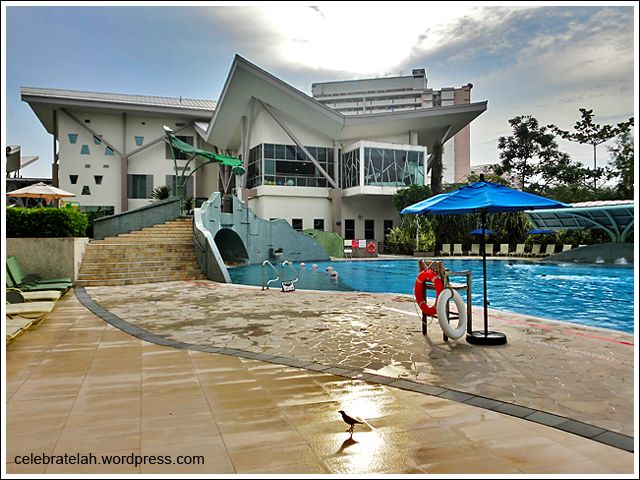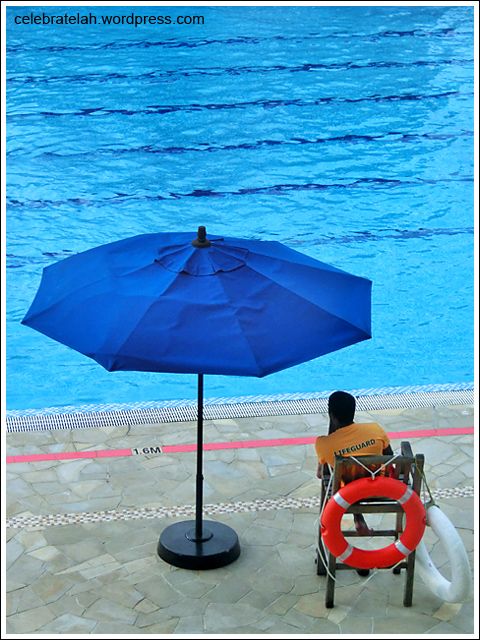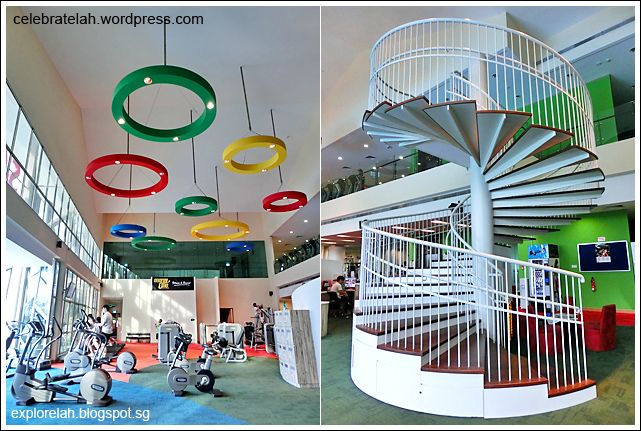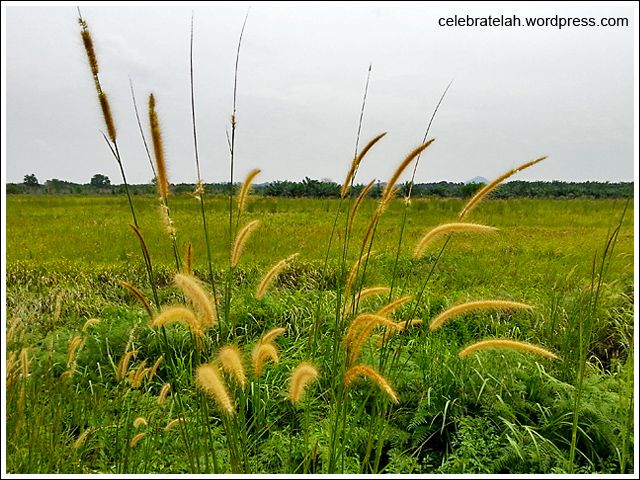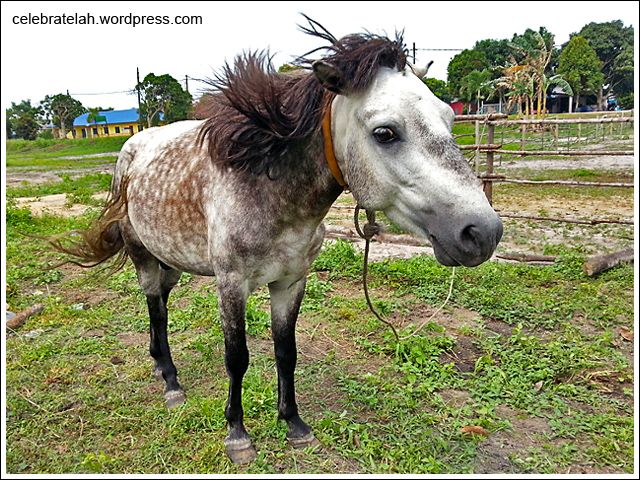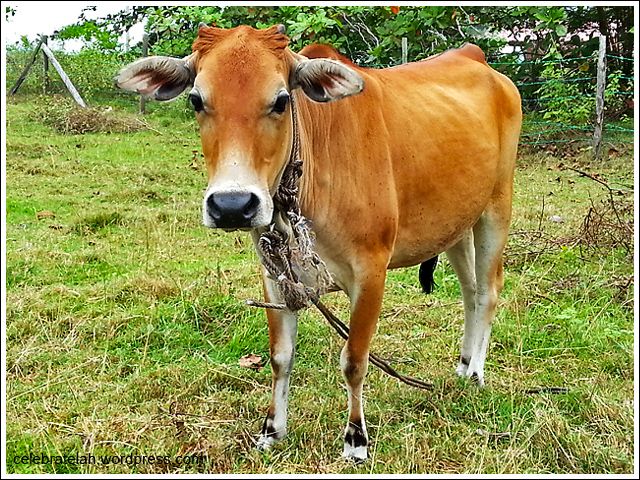I am born with what science has yet to diagnose as Tarzanitis (Jane-o-philia for female equivalent). Symptoms include an impulse to hug trees, irrepressible urge to photograph nature, and an ’unhealthy’ concern for the welfare of animals.
However, in the hyper-urbanised Singapore, our encounters of nature are rather limited. So to cure my Tarzanitis, I grew up with pets of all shapes and sizes… from guppies to fighting fish to discus to bloated goldfish; from pond shrimps to frogs (hatched from tadpoles) to red-eared sliders; from mum-repelling white mice to hamsters to rabbits (at one time, I had eight of them); from Pomeranian (called Mini) to Poodle (Jack) to Dachshund (Lucky) and my current two princesses, Joy (Miniature Pinscher) and Jack Russell (Rainbow); and not forgetting the kitten and a bird (can’t remember the species) I rescued and kept for a while before letting them go unwillingly.
In my latest fancy for a pet, I was contemplating something more exotic. Something furry with eight legs… the Mexican Red Knee Tarantula. So I started Googling if they are sold in Singapore but instead, got slapped with the Agri-Food & Veterinary of Singapore (AVA)’s list of prohibited pets. Tarantulas are a no-no here.
I was rather disappointed but went on to browse the other links captured by the search and discovered ACRES (Animal Concerns Research & Education Society).
![]()
ACRES rescues the wildlife of Singapore as well as abandoned exotic pets to nurse them back to health for release back into their habitats or provide them with a shelter.
I’ve never heard of ACRES and after reading about the work they do, I was very curious to find out more. So I emailed ACRES to ask for a visit to its facility as it is closed to public and walk-in visits. But I got more than I asked for… I was invited to go on a wildlife rescue mission with the ACRES team!
Would they end up rescuing me instead?
The Rescues
When I think about wildlife, the first images that come to mind are the dusty Afrian safaris grazed by herds of predators and preys . Stray cats lounging at HDB void decks, pigeons tip-toeing housing crevices, and that occasional rat making a dash on the pavement don’t count.
But to ACRES, they are equally cherished. A life is a life, be it fully sustained by nature or well-fed by humans.
![]()
In action : Charlene, Director of Wildlife Rescue, carefully handles a distressed Javan Myna who had gotten glue on its feathers and unable to fly.
For dogs, cats and all critters furry and cute, there’s the SPCA and Cat Welfare Society. But for the less common animals who find themselves in sticky situations or kept illegally as pets, they have no one to champion their welfare. Thankfully, there’s ACRES.
It doesn’t matter if the animal is the common Rock Pigeon, Myna, monitor lizard or a dangerous cobra, ACRES operate on the principle of respect and value of all sentinent lives.
![]()
Don’t worry, you’re in good hands.
![]()
Angry Bird… Now we know where Rovio got its inspiration from! The Myna was cleaned to remove the glue and released back to the wild.
It was a privilege to observe the rescue officers at work as I gained a higher level of sensitivity to the small creatures that share our living space. More than just rescuing the animals, the ACRES team take the opportunity to educate the public about proper care for injured animals and organisations to contact for picking up strays.
Apparently, the AVA is the last place to call if you encounter a stray cat or dog as the agency will usually put the captured animals to sleep.
![]()
While Charlene shared rescue tips with the gentleman who contained the distressed Myna, Lester documented the rescue.
![]()
But before work here was done, he received another call for another rescue. ACRES receives an average of 140 calls per month.
![]()
The second call was to pick up a cobra that had wandered into a car rental garage. For safety reasons, I wasn’t allowed to photograph the contained cobra. I was surprised Singapore has cobras!
The Facility
After a morning following Charlene and Lester on a couple of rescues, Juliana and I arrived at ACRES’ base. We’d rented a car for the weekend to come on this expedition and we felt so Indiana Jonesy riding in a metal horse to explore Singapore’s ‘outback’ where ACRES calls home!
![]()
After a wrong turn, we finally GPS-ed our way our destination.
![]()
ACRES office and ACRES Wildlfe Rescue Centre (AWRC) : 91 Jalan Lekar, Singapore 698917.
Currently, the premise houses an education centre, an office unit (shared by nine full-time staff), and a treatment and recovery annexe (AWRC). ACRES was supposed to have a permanent shelter for displaced animals but construction was disrupted due to toxic materials used by the builder they engaged.
Out of respect for animals, the centre is vegetarian although it doesn’t require staff to be vegetarian. We packed tuna sandwiches for lunch but was told that we should consume them before entering ACRES. The meat exception is for feeds given to carnivorous animals.
![]()
We felt the love for animals the moment we stepped in through the gentle ways staff treats the stray dogs adopted by ACRES. Kalai, the Wildlife Rescue Officer who let us in used to be a graphic designer but gave up his job due to office politics and found his calling amongst the straightforwardness of animals.
![]()
Her name is Mocca and she’s known to brew trouble with a habit of nibbling at strangers. Luckily we seem to be on her good books and didn’t get a taste of her jaws.
The Sanctuary
While most trapped animals are rescused and released back to the wild immediately, the badly injured ones are brought back to the centre for treatments and care till they can be released. ACRES Wildlife Rescue Centre was opened in 2009 and has saved over 2,700 animals so far. The centre currently houses about 90 residents.
![]()
To visit the containment area, I had to follow a protocol of wrappnig up my hair and shoes to avoid leaving contagious debris that may infect recuperating animals. How’s this look for the cover of Vogue?
![]()
There’s a strict no-handling unless necessary policy here that applies not just to visitors but ACRES staff as well. This is to reduce stress to the animals.
![]()
What I found really amusing were the names given to the animals and staff are expected to know all of them! Tom, Dick and Harry and NSL are 4 Star Tortoises rescued from abandonment.
![]()
Star Tortoises come from India and are an endangered species. Because of their beautiful shells, they are popular in the illegal pet trade. While the swollen nodes on this Star’s shell may look interesting, it is actually a deformity. Pyramiding on Star’s can be caused by a variety of reasons such as an overtly high protein diet, insufficient sunlight or poor living conditions.
![]()
The ‘furnitures’ of their enclosures are rearranged constantly to provide the Stars with challenges to exercise them and simulate the changing terrains in their natural habitat.
![]()
The Stars are also given artificial sunlight for their biological manufacture of vitamin D.
![]()
One of the Snake-Neck Turtles at AWRC. It looks rather phallic when it’s head is extended fully.
![]()
Another of my fave forbidden pet is the Green Iguana.
![]()
This Green Iguana is called 10-10-10 because it was rescued on the 10th of October at 10 o’clock! It’s poised and beauty sure scored a perfect 10 with me.
![]()
Very sick animals are separated from the recuperating ones in another part of the centre. Kinda like the ICU for animals.
![]()
A Snapping Turtle getting treatment for a puncture on the underside of the shell. Animals feel pain like we do.
![]()
Wow, an injection to the shell? This is an eye-opener.
![]()
Food preparation for the animals.
![]()
The house of cure for Singapore’s wildlife and rescued exotic pets.
![]()
Tasks and observations of the health of animals are charted on this board so that staff can administer the best care.
Although I was somewhat disappointed at not being able to have a hands-on interaction with the animals, I totally understand why leaving the animals alone is the best thing we can do for them. Many of the rescued Star Tortoises are awaiting transportation and release back in India, a process that can take a few years as paperwork and approvals crawl at a pace slower than the Testudine residents.
Seeing how the animals are being regarded, I’m heartened that they have a fighting chance at survival and saw how irresponsible pet ownership can cause so much pain to the animals, who suffer helplessly in silence.
The Education
The most sprightly and colourful space at ACRES is the education centre, where school groups can learn more about the illegal pet trade and animal abuses.
![]()
From preschoolers to older kids, the education centre invites children on an interactive learning journey of animal equality.
![]()
Exposed! Panels after panels expose the cruelty exacted on animals from product testing to entertainment.
![]()
Captive animals used for photography at zoos and small-time attractions are often drugged and ill-treated to deliberate control. I don’t know about you, but I sure don’t want to be a living puppet.
![]()
Traditional medicines and folk remedies are also one of the biggest contributions to continued animal abuse such as Bear bile extraction. Bear bile is believed to have potent medicinal qualities (though not scientifically verified) and extraction requires the bears to be housed in crush cages that limit their movements and provide easy access to their abdomens. Their stomachs are cut open or metal tubes inserted permanently to milk bile fro them. This could last for 10 to 12 years of the bear’s life until it no longer produces bile and is killed for its meat, fur and paws.
I didn’t read every poster of information because there are just too many, showing just how widespread and varied in form animal abuses are.
![]()
Stop this fishy business. Shark’s fin being the most prized part, fishermen typically slice the fins off while the shark is still alive and throw the definned fish back into the ocean. Unable to swim and hunt, the shark sinks to the bottom and slowly dies of starvation in a week. Every year, approximately 73 million sharks are killed. Being a slow breeding species, over 180 species of sharks are now considered endangered.
![]()
A small, unmanned gift shop at ACRES retails these t-shirts at S$20 each. Bought this Go Veg tee as well as the Sharks Fin one to support the causes. I’m contemplating to go vegetarian for better health.
The Beginning
Having witnessed the TLC given to the animals, I can’t help feeling a deep sense of respect for the devotion ACRES’ staff and volunteers have for the work they do.
Presently, ACRES has 9 full-time staff running its operations. As a not-for-profit organisation, ACRES depends wholly on public donations to continue their mission. To support ACRES, click here. Donations are tax deductible. Volunteers are also needed so if you love animals but don’t have time to keep pets, why not shower your care on ACRES’ rescued animals?
![]()
Not all animals make suitable pets.
For making this blog post possible, I would like to thank the staff of ACRES who allowed me a rare insight into their work and learn about the plight of animals abused for our entertainment and as a food source.
Although the visit has come to an end, my awareness that Singapore has wildlife, knowledge about the illegal pet trade as well as the cruelty animals endure to feed us have just been awakened.
And my Tarzanitis has finally found a cure.
Tagged:
ACRES,
ACRES Wildlife Rescue Centre,
Animal Concerns Research and Education Society,
Animal Cruelty,
Animal Welfare,
Illegal Pet Trade,
Illegal Pets,
Star Tortoise ![]()

